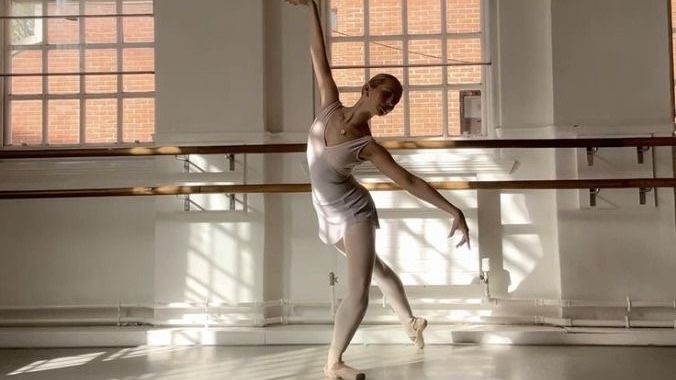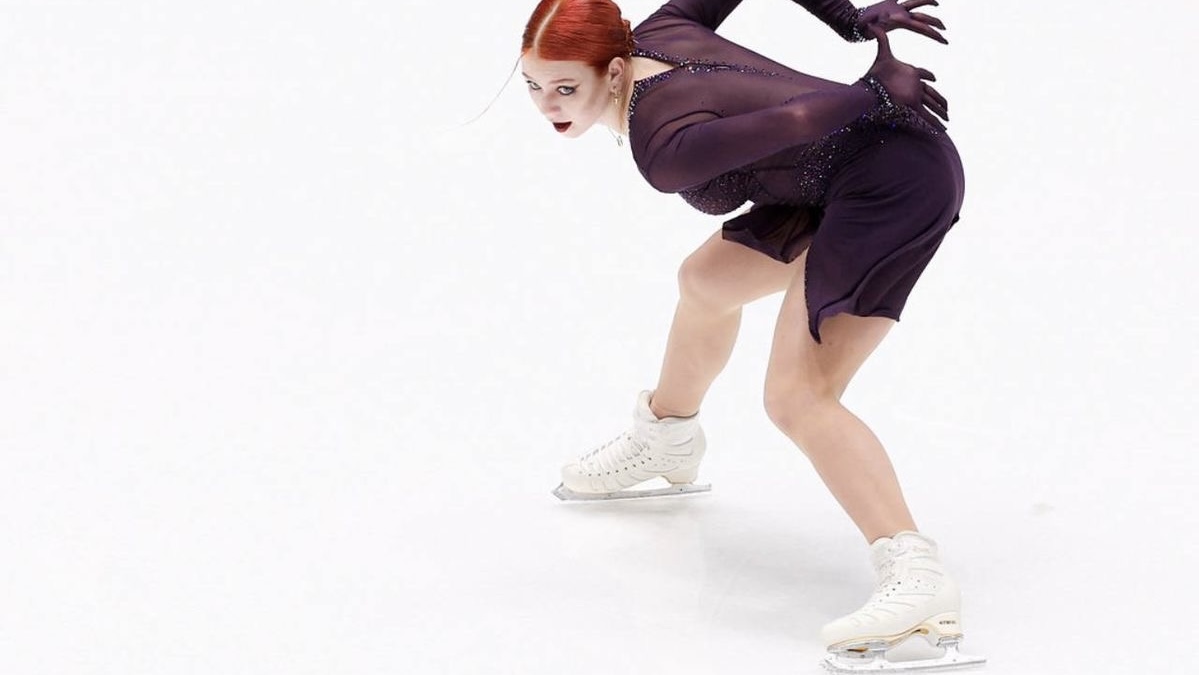January 15, 2025
Alexandra Trusova Expecting a Child
April 22, 2025

Ballet is an art form that demands precision, grace, and intense focus, but the pressures of perfecting technique and performing can lead to stress and distraction. Mindfulness—the practice of staying fully present—can transform a ballerina’s experience, enhancing both performance and emotional well-being. One highly effective mindfulness tip for ballerinas is breath awareness, a simple yet powerful technique that anchors dancers in the moment, reduces anxiety, and deepens their connection to their craft. The Victory Sports Academy (VSA) app offers ballet classes that integrate breath awareness, helping dancers cultivate this skill with expert guidance. This article explores why breath awareness is a game-changer for ballerinas and how VSA’s classes make it accessible.
Breath awareness involves focusing on the rhythm and quality of your breathing, using it as a focal point to stay present. In ballet, where every movement is synchronized with music and emotion, the breath is a natural anchor that bridges the mind and body. By consciously observing each inhale and exhale, ballerinas can quiet mental chatter, manage performance nerves, and enhance their physical and artistic execution.
A 2020 study in Psychology of Sport and Exercise found that focused breathing reduces anxiety and improves concentration in performers, making it ideal for ballerinas facing high-stakes auditions or performances. For dancers aged 20–35, who often juggle rigorous training with career pressures, breath awareness is a portable, immediate tool to stay grounded. It also fosters emotional resilience, helping dancers navigate setbacks like technical struggles or critical feedback with calm clarity.
To incorporate breath awareness into your ballet practice, try this simple approach:
This practice is accessible anywhere—studio, stage, or home—and requires no equipment, making it ideal for busy ballerinas.
The Victory Sports Academy (VSA) app, available on iOS and Android, offers ballet classes that seamlessly integrate breath awareness, designed for ballerinas aged 20–35, from recreational to professional levels. Led by world-class coaches, these classes combine classical ballet techniques with mindfulness practices to enhance focus and artistry, tailored to the demands of ballet.
VSA’s ballet classes with breath awareness include:
A 23-year-old ballerina shared, “Ellen’s VSA classes taught me to use breath to stay calm during auditions. My turns are smoother, and I feel more connected to my dancing.” Whether refining technique or preparing for a major role, VSA’s classes make breath awareness a cornerstone of ballet practice.
Breath awareness is a simple yet transformative mindfulness tip for ballerinas, enhancing focus, reducing anxiety, and deepening the connection between mind, body, and art. By anchoring dancers in the present, it elevates technical precision and emotional expression, helping ballerinas shine on stage. VSA’s ballet classes, led by experts like Ellen, offer a tailored, accessible way to master this practice, fitting seamlessly into any dancer’s routine. Embrace breath awareness with VSA, and dance with greater presence, poise, and passion.
Explore VSA’s ballet classes at vsaworld.com or download the app from the App Store or Google Play.
By Vitalina Andrushchenko, Staff Writer

January 15, 2025
Alexandra Trusova Expecting a Child

December 26, 2024
2025 World Junior Championship Schedule

October 28, 2024
Thompson Blasts NHL’s Hardest Shot in 4 Seasons!